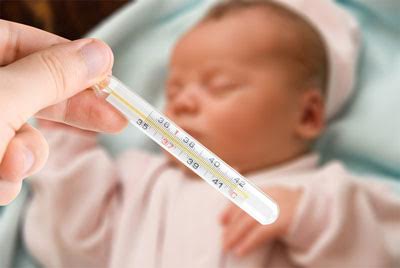- Home
- Editorial
- News
- Practice Guidelines
- Anesthesiology Guidelines
- Cancer Guidelines
- Cardiac Sciences Guidelines
- Critical Care Guidelines
- Dentistry Guidelines
- Dermatology Guidelines
- Diabetes and Endo Guidelines
- Diagnostics Guidelines
- ENT Guidelines
- Featured Practice Guidelines
- Gastroenterology Guidelines
- Geriatrics Guidelines
- Medicine Guidelines
- Nephrology Guidelines
- Neurosciences Guidelines
- Obs and Gynae Guidelines
- Ophthalmology Guidelines
- Orthopaedics Guidelines
- Paediatrics Guidelines
- Psychiatry Guidelines
- Pulmonology Guidelines
- Radiology Guidelines
- Surgery Guidelines
- Urology Guidelines
Repeat febrile seizures tied to higher risk of epilepsy and psychiatric disorders: JAMA

Febrile seizures occur in 2% to 5% of children between the ages of 3 months and 5 years. Many affected children experience recurrent febrile seizures. However, little is known about the association between recurrent febrile seizures and subsequent prognosis. Do they portend a bad prognosis?
The researchers conducted the study to estimate the risk of recurrent febrile seizures and whether there is an association over long-term follow-up between recurrent febrile seizures and epilepsy, psychiatric disorders, and death in a large, nationwide, population-based cohort in Denmark.
The researchers have found that recurrent febrile seizures may be associated with a risk of epilepsy and psychiatric disorders. The research findings have been published in JAMA Pediatrics.
This population-based cohort study evaluated data from all singleton children born in Denmark between January 1, 1977, and December 31, 2011, who were identified through the Danish Civil Registration System. Children born in Denmark who were alive and residing in Denmark at age 3 months were included. The study was conducted from September 1, 2017, to June 1, 2019.
In this large population database from Denmark, following over 2.1 million children over a 35 year period the researchers found-
- The overall rate of febrile seizure in children 3 months to 5 years was 3.6%.
- They were more common in boys. Peak risk for boys and girls was at 16 months of age.
- Risk of subsequent febrile seizure after the first was 23%; after the second, 36%; and after the third, 44%.
- Risk of long-term epilepsy was 2.2% at baseline for the population and went up to 6.4% after the first febrile seizure, 10.8% after the second, and 15.8% after the third.
In other words, there was a roughly 3-fold, 5-fold, and 7-fold increase in risk. Risk of developing a psychiatric disorder was 17% at baseline and went up to 29% after a third febrile seizure. Risk of mortality went up in children with third febrile seizure who went on to develop epilepsy: 1% baseline to 1.9%. This is helpful and important information for families.
The investigators concluded that a history of recurrent febrile seizures appears to be associated with a risk of epilepsy and psychiatric disorders, but increased mortality was found only in individuals who later developed epilepsy. The family members can be told with confidence that febrile seizures are common: 2-5% of all children. Roughly one-quarter will have a second febrile seizure. And about 1 in 6 will develop long-term epilepsy after a third febrile seizure.
Source
Evaluation of Long-term Risk of Epilepsy, Psychiatric Disorders, and Mortality Among Children With Recurrent Febrile Seizures: A National Cohort Study in Denmark. JAMA Pediatr. 2019 Oct 7. DOI: 10.1001/jamapediatrics.2019.3343. [Epub ahead of print]

Disclaimer: This site is primarily intended for healthcare professionals. Any content/information on this website does not replace the advice of medical and/or health professionals and should not be construed as medical/diagnostic advice/endorsement or prescription. Use of this site is subject to our terms of use, privacy policy, advertisement policy. © 2020 Minerva Medical Treatment Pvt Ltd